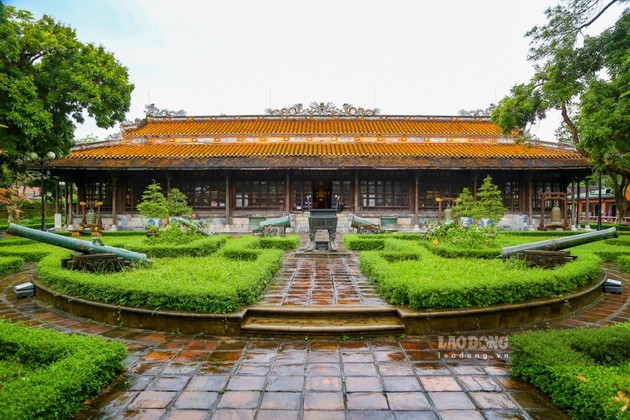
Originally built in 1845 as a palace during the reign of King Thieu Tri, the third Nguyen king, the building was later turned into one of Vietnam's first museums in 1923 under King Khai Dinh. Its original name was Musée Khai Dinh (Museum of Khai Dinh).
|
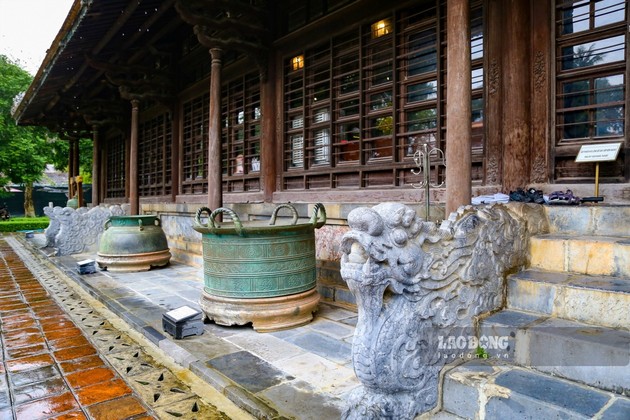
Originally built in 1845 as a palace during the reign of King Thieu Tri, the third Nguyen king, the building was later turned into one of Vietnam's first museums in 1923 under King Khai Dinh. Its original name was Musée Khai Dinh (Museum of Khai Dinh).
|

Inside the UNESCO-recognised Imperial Citadel, the Hue Royal Antiquities Museum stores over 9,000 artifacts of the Nguyen Dynasty, the country’s last ruling family.
|

33 antique artifacts in the museum have been recognised as national treasures.
|

The artifacts kept at the Hue Museum of Royal Antiquities reflect the royal life, political rituals, and ideology of the Nguyen kings and mandarins, the last feudal dynasty in Vietnam which ruled from 1802 to 1945.
|
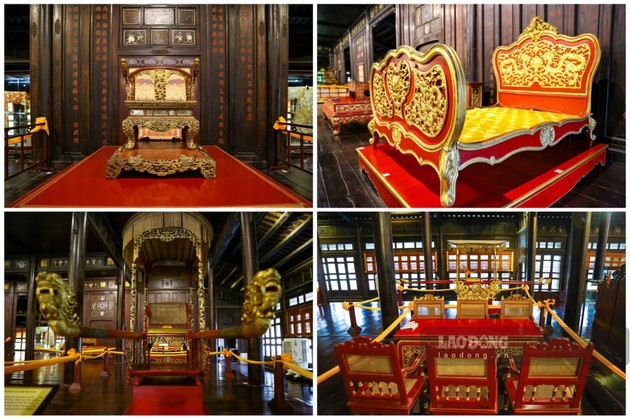
King Khai Dinh's bed, tables, and other valuable artifacts are showcased.
|
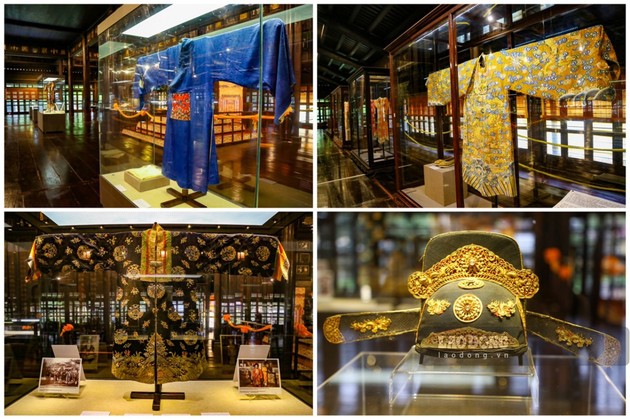
Royal costume of the kings and queens under the Nguyen Dynasty are put on display in the museum.
|
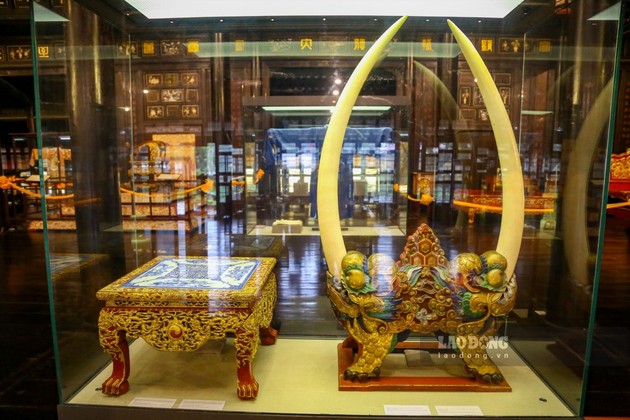
A pair of ivory tusks used as decoration in the palace of the Nguyen Dynasty is about 1.2 metres long.
|
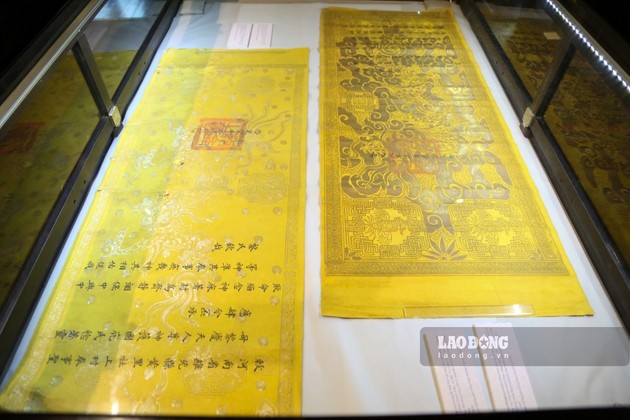
Other artifacts which remain well preserved inside the museum include the ordination of King Khai Dinh to a mandarin in 1924.
|

Several books on educational information of the Vietnamese people (Technique du peuple Annamite) are on display.
|

A porcelain tray of King Duy Tan in 1915
|
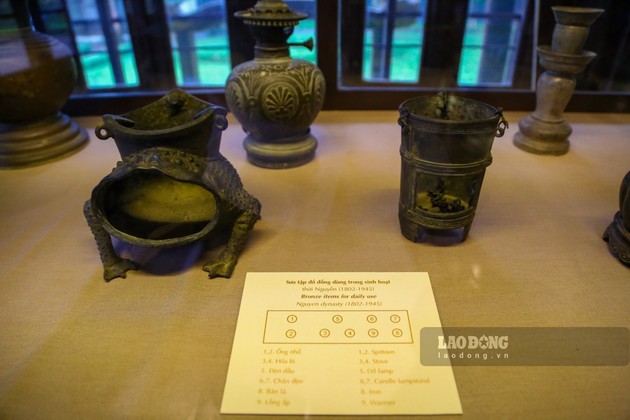
Some bronze items used during the Nguyen Dynasty (1802-1945) are showcased.
|
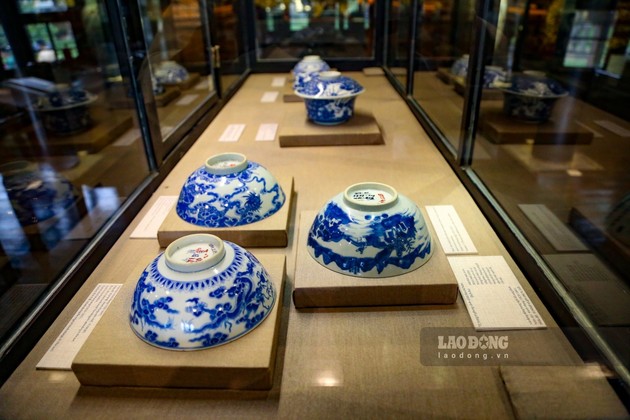
A collection of porcelain items
|
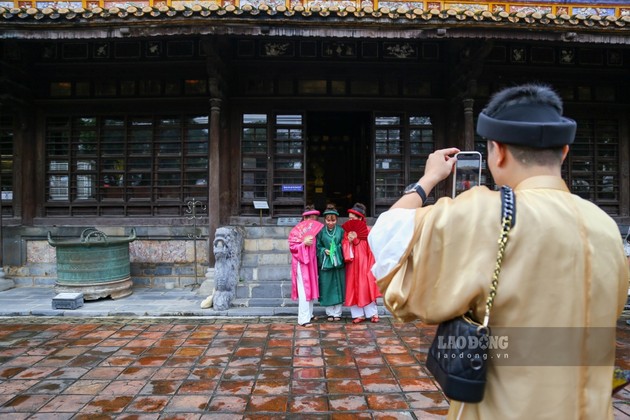
The museum is a favorite tourism spot in Hue City.
|